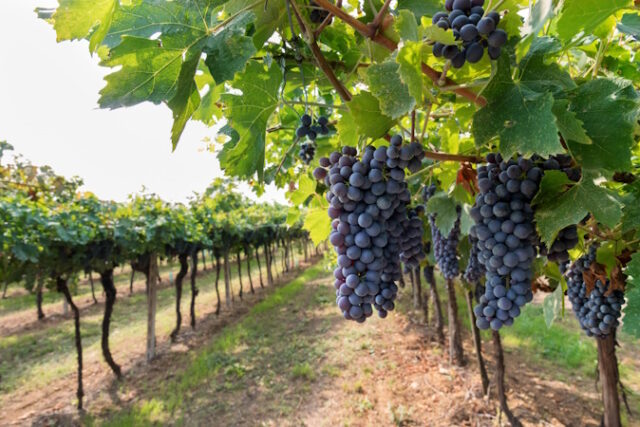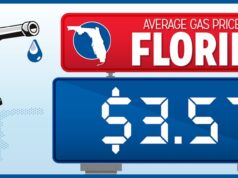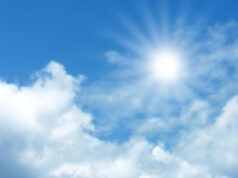
UNLESS YOU’VE GOT a cellar stockpiled to last you the rest of your life, climate change is probably coming for your favorite wine. Temperature fluctuations during the growing season create the flavors, alcohol content, and even color of your preferred fermented grape juice—producing a beautiful ballet in a bottle. So as global temperatures soar and water availability in many regions plummets, the characteristics of individual wines are changing.
Up to 70 percent of today’s wine regions could be at substantial risk of losing suitability for production if the world warms more than 2 degrees Celsius, a new paper finds. (That’s the Paris Agreement’s absolute limit for warming above preindustrial temperatures.) Due to ever-fiercer droughts and heat waves, 90 percent of the traditional coastal and lowland wine-growing regions of Spain, Italy, Greece, and southern California could be at existential risk by the end of the century. Meanwhile, rising temperatures are opening up new regions to grow, like the southern United Kingdom, as wine production generally shifts to higher latitudes and altitudes, where it’s cooler.
“It doesn’t mean that the wine-growing disappears—and that’s an important caveat—but it means that it can get a lot more challenging,” says viticulturist Greg Gambetta of Bordeaux Sciences Agro and the Institute of Science of Vine and Wine, lead author of the review paper, publishing today in Nature Reviews Earth and Environment. “There’s actually a lot of room for adaptation for wine growers—if the warming is limited. This is true for most regions.”
Still, climate change will make wine-making increasingly difficult in many places. The paper notes that by the end of this century, the net suitable area for wine production in California could decline by up to 50 percent. The suitable area across Europe’s traditional wine-producing regions could fall by 20 to 70 percent, depending on how much warming we end up with. Up to 65 percent of Australia’s traditional vineyards might become unsuitable.
As temperatures rise, a grape plant reacts in complex ways. “You need a degree of heat to get through the ripening phase, to get sugar accumulation, and then also get the ideal amount of development of some of these secondary compounds like anthocyanins and tannins—all the things that make wine exciting and interesting and have good mouthfeel,” says Elisabeth Forrestel, a viticulturist and ecologist at UC Davis who wasn’t involved in the new paper. “It’s when you exceed certain temperatures that it becomes problematic for the grapes.”
Intense and persistent heat waves, for instance, can sunburn the fruit, greatly reducing its quality. But before that, higher temperatures desiccate the grapes, concentrating the sugars. The more sugar, the higher the alcohol content. If you’re drinking wine to get drunk, climate change will make wines more efficient for you, sure enough. “Depending on who you are, where you come from, this can be a bad thing,” says Gambetta. “If you have a region that’s always defined a style in a certain way, then that’s going to change the wine.”












